Very good quality manufacturing. The body of the buffet, in oak veneer, rests on a black lacquered steel base. The adjustable feet are in chrome steel as are the handles and keys.
A hinged door on the left opens onto a compartment with shelf, a central column supports four drawers, a door opens horizontally onto a mini bar with glass shelves and finally a door on the right opens onto a compartment with shelf.
Biography
Alain Richard, France (1926-2017)
Alain Richard was trained by René Gabriel at the National School of Decorative Arts from which he graduated in 1949.
Settled in the Netherlands in the early 1950s, he worked in particular with Henri Salomson. In 1952, Alain Richard took part in multiple projects for Orly airport, the Crédit Agricole, the Banque de France and the RATP (he designed the Auber station in Paris) and founded his own agency with his wife, Jacqueline Iribe, daughter of decorator Paul Iribe. At the same time, he collaborated with André Monpoix and designed furniture produced by Tricoire & Vecchione (Meubles TV).
Alain Richard received the Grand Prize at the Milan Triennale and the René Gabriel Prize, among many other awards. He also received numerous commissions from the Mobilier national in the 1970s.
The 800 series received the gold medal from the Deutsche Handwersnesse in Munich in 1960.
Story
Meubles TV, avant-garde furniture
Meubles TV is a furniture manufacturer producing, from the 1940s, beautifully crafted furniture for French distributors and stores in Faubourg Saint Antoine or city stores such as Roche Bobois.
This company was created by Robert Vecchione, an Italian immigrant whose father and uncle were cabinetmakers. To have the right to set up his business in France, he used the name of his workshop manager, Jean Tricoire, hence the initials TV. It uses the ultra modern image of the television, no doubt, but Meubles TV has never made a television stand!
At the beginning of the 1950s, Robert Vecchione met Lucien Veillon, an intellectual journalist specializing in art and decorative arts with a very modern vision. Vecchione is under the spell and lets himself be introduced to young creators fresh from the Camondo school or ENSAD.
Convinced of their talent, he decided to publish their first creations. He thus published the first piece of furniture by Janine Abraham, the very first pieces by Pierre Paulin, Pierre Guariche, André Monpoix and of course Alain Richard. The latter two also became the exclusive creators of Meubles TV in the second part of the 1950s.
During these few years, they produced a complete range but with relatively few pieces, 40 or 50 models, for the home, living room or bedroom.
At the beginning of the sixties, they moved from Avenue d’Italie to an ultra-modern factory in the suburbs. To present their models, they created a boutique on rue des Tournelles, and others did the same, like the decorator Lapidouse who created a Forum boutique on rue Vavin.
The crisis of the early 1970s and competition destroyed this very successful company of 400 people.
Vecchione is the first to imagine a graphic line in the field of furniture with two very beautiful logos, invoices and letterheads, he is the first to have his logo on delivery trucks. Everyone thinks he’s crazy. He is undoubtedly the first to sign his furniture with the name of the publisher and the creator. Each piece is stamped, but in a modern way.
The interest of this production: Vecchione allowed a young generation to express themselves and his choices proved very relevant since they remained as the best for the following years.
He created a very coherent line in two periods before 56 and from 56 with the predominance of the creations of Richard and Monpoix. These lines create a style that will influence all French creation of the 50s/60s.
These pieces are mass produced in very small quantities since their modernity makes them difficult to sell to the general public. They are very well designed and perfectly proportioned, without decorative elements, very rigorous. They respond to a very functionalist desire on the part of their creators. They are perfectly suited to the domestic use of young modern couples from the 1950s. And they are of a very high quality of execution, the finishes are very careful, finished by hand, the veneers very beautiful and the interior fittings refined.
These pieces demonstrate great formal invention for the time and at the fairs, they represent ultra modernity.
Bibliography: exhibition catalog from the gallery Pascal Cuisinier








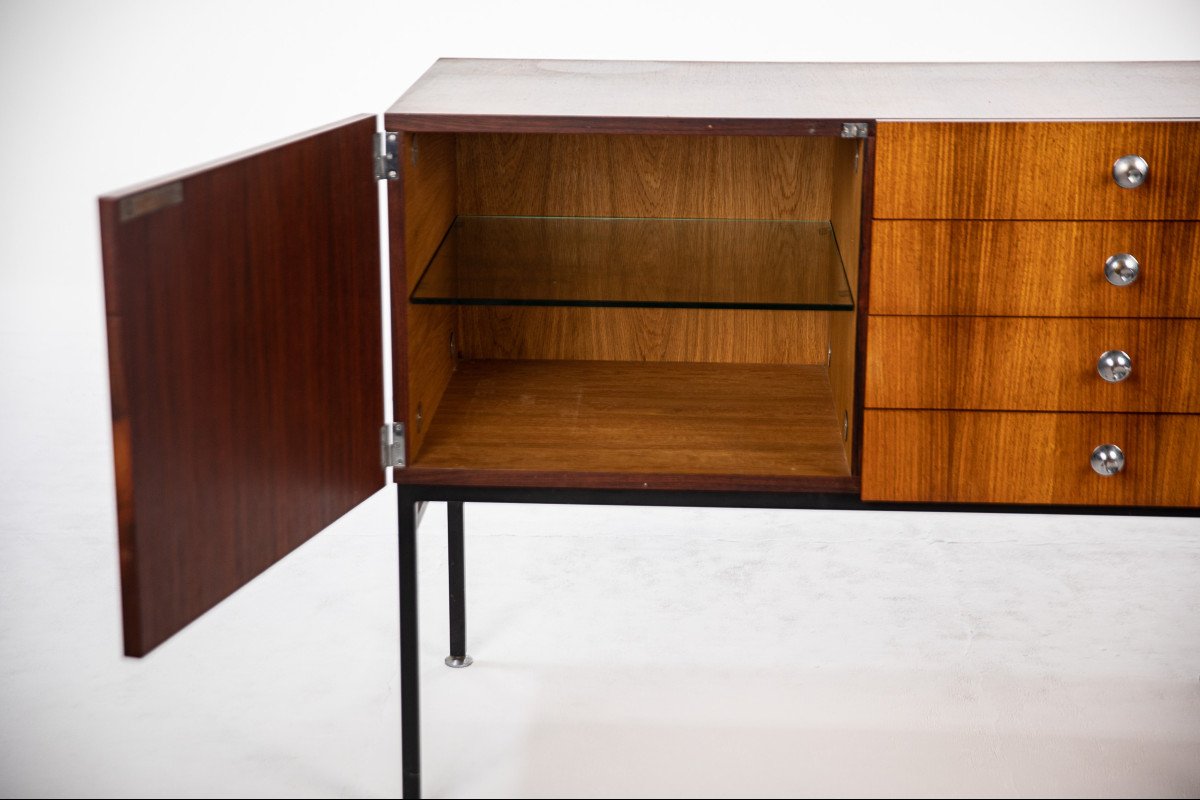



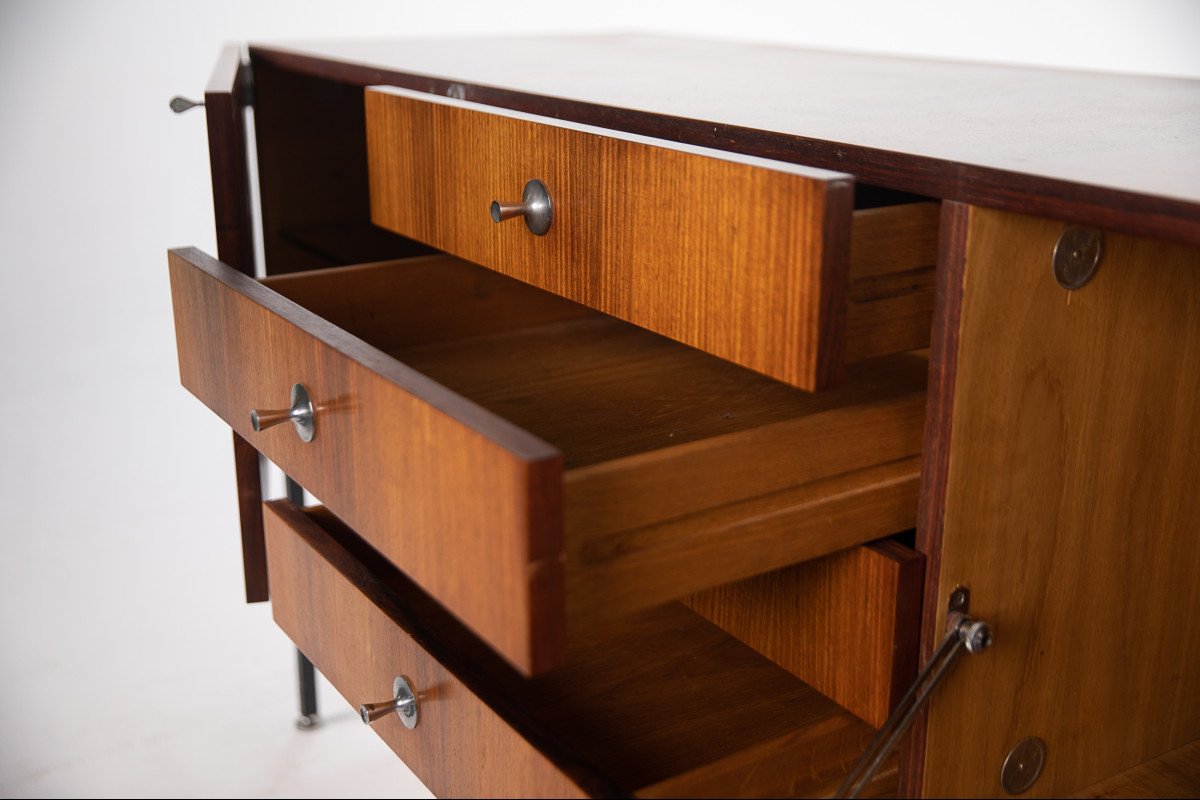















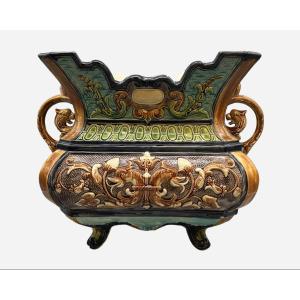
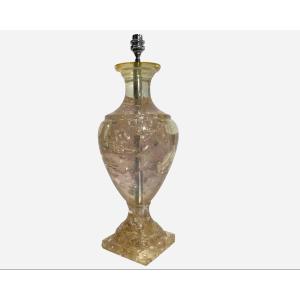

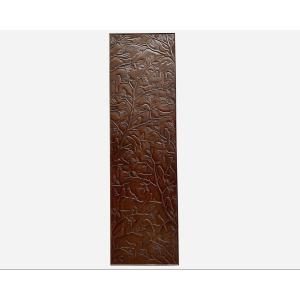


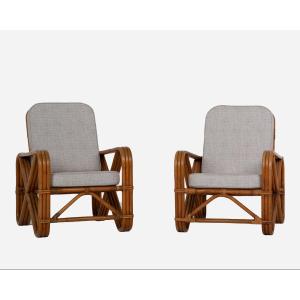





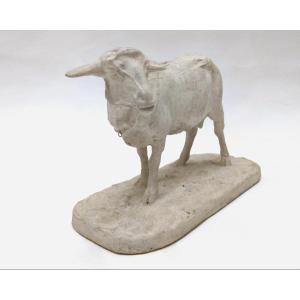
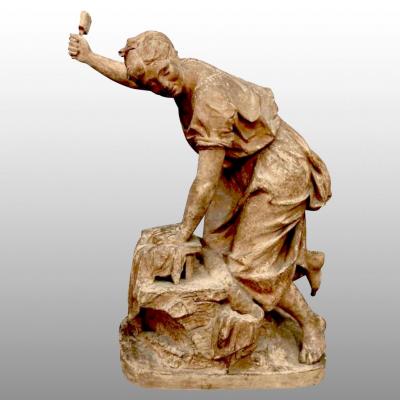


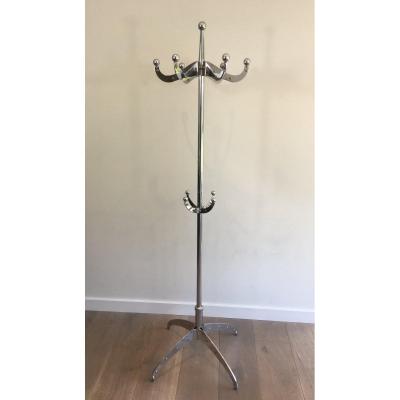
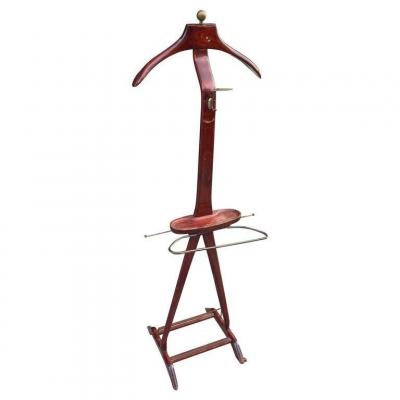

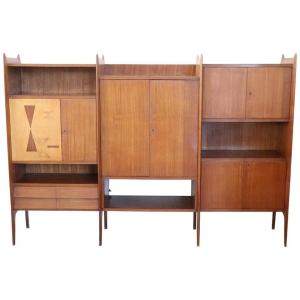



 Le Magazine de PROANTIC
Le Magazine de PROANTIC TRÉSORS Magazine
TRÉSORS Magazine Rivista Artiquariato
Rivista Artiquariato